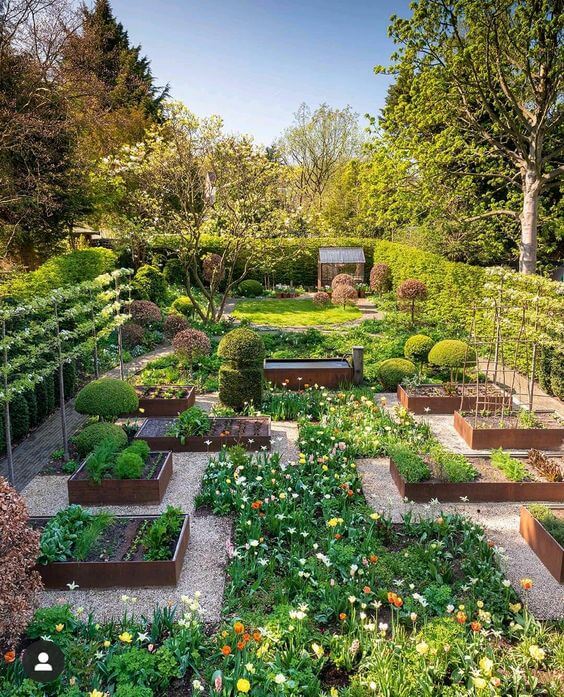Self-sufficiency is getting more and more popular and it’s not surprising. Food in stores is getting more expensive while being less nutritional for our bodies. Additionally every day social media is bombarding us with information on how many chemicals are added to our food and how dangerous it is for our health. No wonder people are looking for organic food and thinking about growing it themselves.
With this article let me introduce you to the idea of self-sufficiency and self-sufficient gardening. I will show the principles of a self-sufficient garden and I’ll show you how you can start your own adventure in gardening.
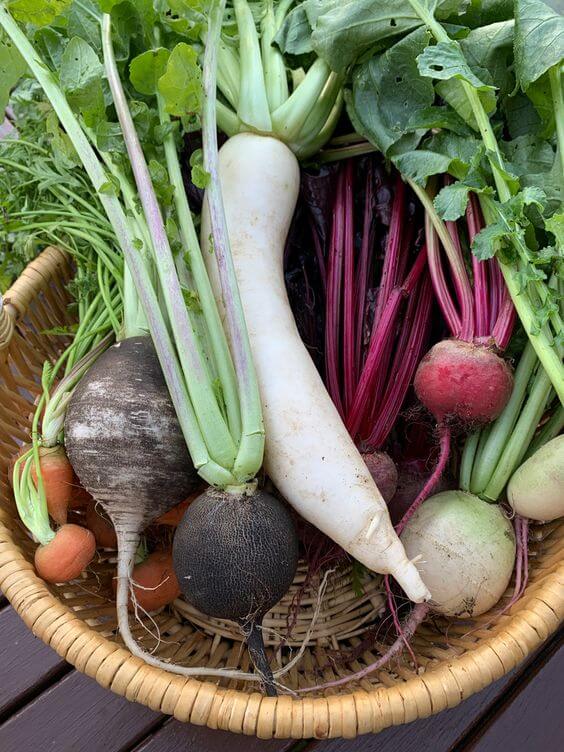
A self-sufficient garden is a holistic agricultural ecosystem designed to minimize external inputs and maximize internal resource cycling. The ultimate goal is creating a garden that functions like a self-sustaining ecosystem, where plants, soil, water, and wildlife interact synergistically to produce food with minimal human management.
Choose the Right Crops
Before starting any work in the garden you need to think about what you like to eat the most. There’s no point in growing spinach if you hate it and won’t even touch it. You’ll be just wasting your space, time and effort.
Make a list of Your favorite vegetables and fruit, check what are the best varieties to grow in your climate and order Your first seeds or seedlings.
If You have storage, think about growing staple crops that provide the most nutrition and calories (e.g., potatoes, carrots, beans, squash, leafy greens). Include perennials like berry bushes, asparagus, and fruit trees for long-term yields. Add herbs for flavor and natural medicine.
Choose native, drought-resistant plants and mix crops that support each other’s growth. Also don’t be afraid to incorporate plants that attract beneficial insects. A few colorful flowers here and there can really improve Your future yields.
You may also like: How to Incorporate Herbs and Flowers Into Your Garden
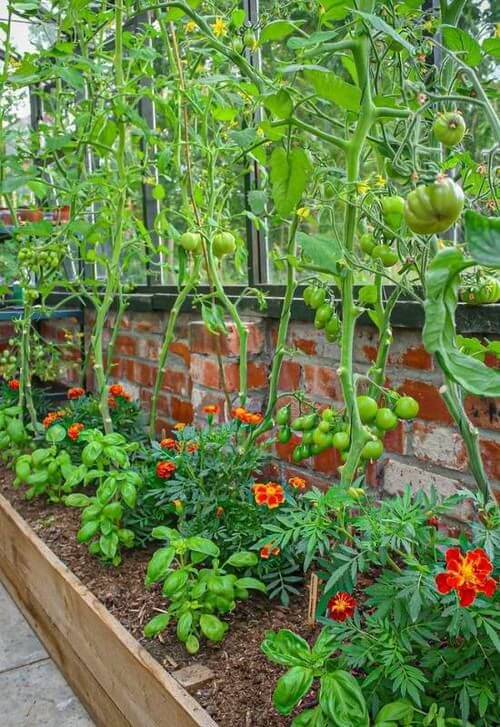
Plan Your Garden Space
Assess how much space you have (backyard, raised beds, containers, etc.).Consider sunlight, soil quality, and water access. Some vegetables prefer sunny spots while others thrive in the shadows. Also there are veggies that grow amazing together, like cucumbers with onions, but also there are veggies that hate each other and when planted close, they sabotage their neighbours growth, like potatoes with tomatoes. Do your research on companion planting. Start small and expand as you gain experience.
After you’ve done your research, take a piece of paper and draw out how you want your garden to look like. It’s much easier to notice any mistakes you might make when you have everything in front of your eyes. It’s better to fix those mistakes while they’re still on paper than when you already have everything planted.
You may also like: Companion Planting Intro For Your Garden
Improve Your Soil
Check what type of soil you have with a soil testing kit. You can buy them online or if you want better results, you can take a sample of your soil to the lab specializing in testing soil quality. This way you’ll know what you are missing and what you need to add for better growing crops.
Compost kitchen scraps, grass clippings, and leaves to create nutrient-rich soil.Use natural fertilizers like manure, worm castings, and cover crops (e.g., clover). Rotate crops each season to prevent soil depletion – if you grow tomatoes in the same spot for years, with each season you’ll need more fertilizer as they’re very ‘hungry’ plants. When moving your plants around the garden you give your soil time to rest and regenerate. That’s why it’s important to plan out and note what you’re growing each season and where.
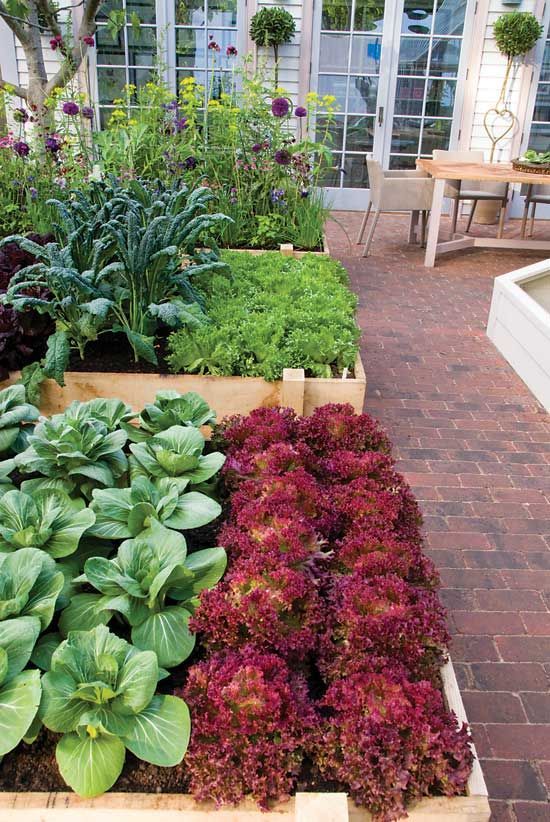
Practice Water Conservation
Set up a rainwater collection system for irrigation – you’ll save lots of money by collecting rainwater. Plants need water to grow and no matter where you live, there will come a time when you have to water it by hand. By collecting rainwater and setting up an irrigation system beforehand you’ll make your life easier. Water deeply but less frequently to encourage strong roots. Also use mulch to retain soil moisture and suppress weeds.
Pest Control
Introduce beneficial insects like ladybugs and bees. Bees will pollinate your crops while ladybugs eat aphids. Also if you notice a frog or a dragonfly do not kill them! – they’re your little helpers. On the other hand if you see slugs, get rid of them immediately – they’ll eat everything they see.
Use natural deterrents like neem oil, garlic spray, and homemade compost tea – they work slower and not as effective as chemical deterrents available at the shops but they’re eco-friendly and don’t have any harmful ingredients.
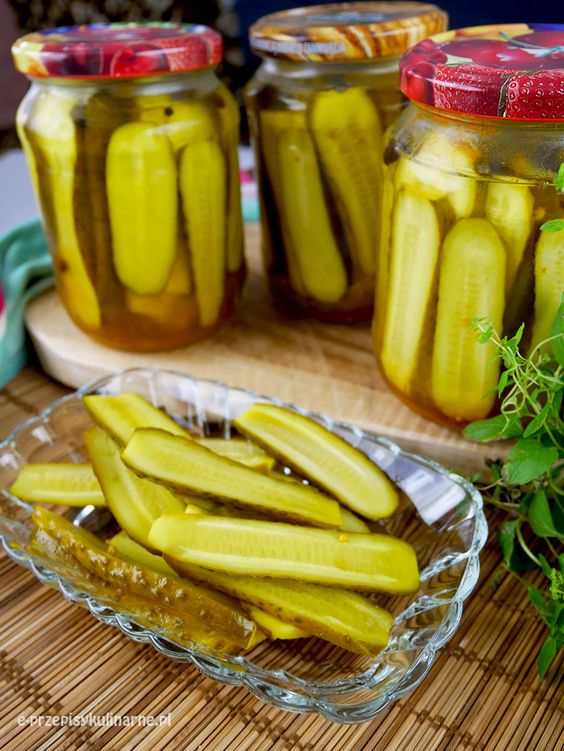
Learn to Preserve Food
Store excess produce by canning, drying, fermenting, or freezing. Every gardener sooner or later becomes a master chef. We simply don’t want our hard work to go to waste. Start small, learn what you can freeze and in what form. For example I freeze pumpkin puree instead of pumpkin pieces, because later on it’s easier and faster to throw it in a sauce or soup. Once again think about what you like to eat and how you can make cooking easier. There are tons of videos on Youtube that will help you start with ease and without getting traumatized.
Keep Learning & Adapting
Observe what works in your climate and adjust accordingly.Read books, watch videos, and join gardening communities for advice.Experiment with new crops and techniques over time. Make notes on what’s working and what is not.
Gardening is a never ending experiment and even though you may be doing the same things all the time, each season may give you different results. We have only so many things in our control so don’t be discouraged when something doesn’t go according to the plan. Note it down, learn what to improve and try again. Be curious and have fun!
